Ambient light detector, 5V, based on photodiode and opamp, no LDR (i.e. no Cadmium)
5V daylight intensity sensor for direct connection to the AD converter of the microcontroller. This little module requires only power (5V) and provides a voltage between 0V and 4.2V, depending on the intensity of the light falling onto the photodiode sensor. It can be connected directly to an analog-digital converter of a microprocessor for readout, requiring no further logic.
The four pins are positioned so the module can be inserted into a standard (2.54mm hole-to-hole) breadboard for experimentation.
Features
- 5V power
- 0-4.2V output; can be connected directly to an ADC of a microprocessor
- built around photodiode and opamp; no LDR involved, i.e., no cadmium
- ready for insertion in a standard (2.54mm hole-to-hole) breadboard
- board size only 14x15mm
- high-quality PCB, designed in KiCad and produced by Aisler (Germany), PCBWay (China), and OSH Park (USA)
- the board comes fully assembled and tested
NOTE: This module is 5V only and cannot be used with a 3.3V power supply.
Usage
I’ve created this module as a modern alternative to the traditional voltage divider circuits based on photoresistors (i.e., LDRs containing cadmium). Unfortunately, photodiodes (just like phototransistors) provide only a small current when light falls onto the silicon (they are tiny solar cells), so they need an operational amplifier (opamp) before the output can be delivered to an AD converter for readout.
This module provides the photodiode, the opamp, and its feedback circuitry in a single package ready for use.
Only logged in customers who have purchased this product may leave a review.
Shipping Policy
We ship directly from the country where the product is made, such as China, Italy, or Taiwan, helping you avoid or pay lower tariffs.
Fast Delivery! We ship via FedEx, UPS, DHL, and USPS because they are fast, reliable, and easily trackable. We process orders within 24 hours, and delivery may take 4-7 days, depending on your location. We will email you the tracking number once your order is shipped. Our prices are in US dollars.
Shipping Costs: For some industrial products, such as heavy wheels and CNC machines, shipping costs are calculated based on product weight rather than quantity. To reduce shipping costs for orders with multiple items, please email us at sales@ozrobotics.com before placing your order. We show shipping rates on the product page under the SHIPPING tab. To view the shipping cost for your country, click 'Add to Cart' on the product page.
Return Policy
5 Hours: Mistakes happen when ordering, so you have 5 hours to request a refund for any reason, including if you don’t want to pay the tariff. However, Stripe will not refund you their processing fee if you cancel your order.
All Sales Are Final: After 5 hours, we cannot cancel your order or issue a refund because order cancellations require reverse tariff payments and multiple shipping fees, which are very costly and time-consuming. For technical issues, we will be happy to assist you in resolving problems and provide a replacement if you can prove that the product has a manufacturing defect.
Exchange Policy: We want you to be happy with your new purchase. However, once you have used the product, we cannot issue a refund. However, we will offer an exchange for a product with irreversible manufacturing defects or technical issues. If you purchased the wrong product, then you, as the customer, will be responsible for the re-shipping fees and tariffs. If the product you purchased is defective, email us at support@ozrobotics.com with photos or a video of the faulty parts so we can evaluate the issue before arranging a replacement.


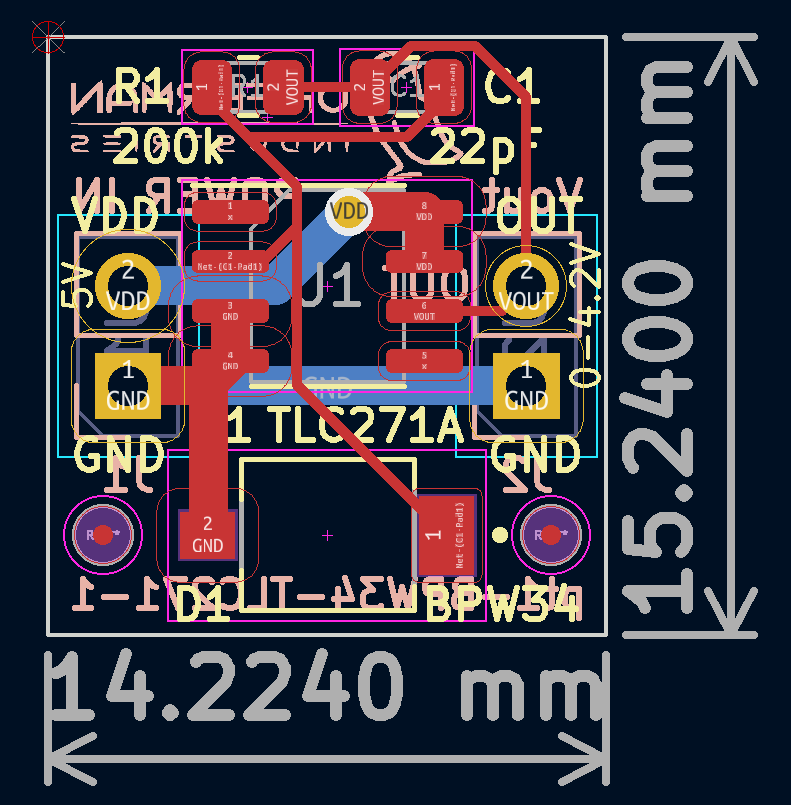

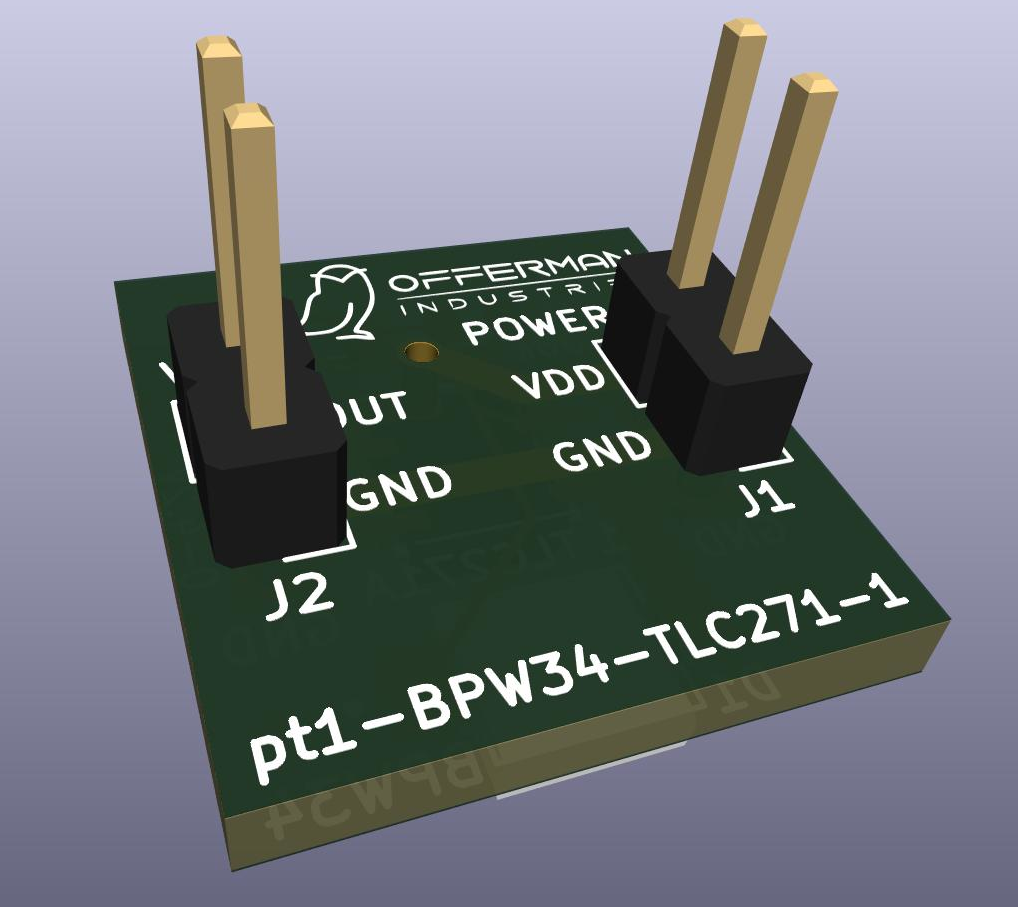
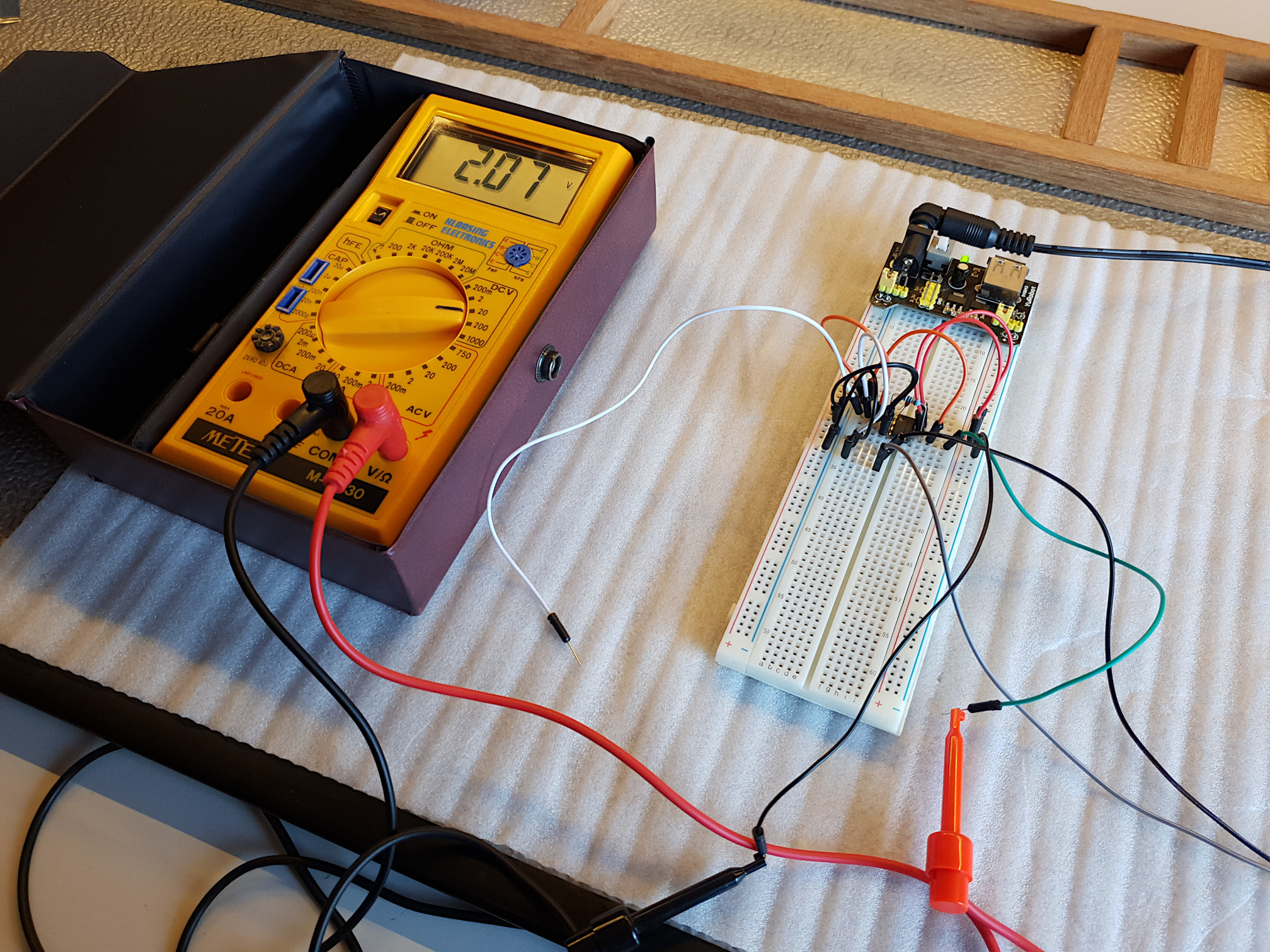
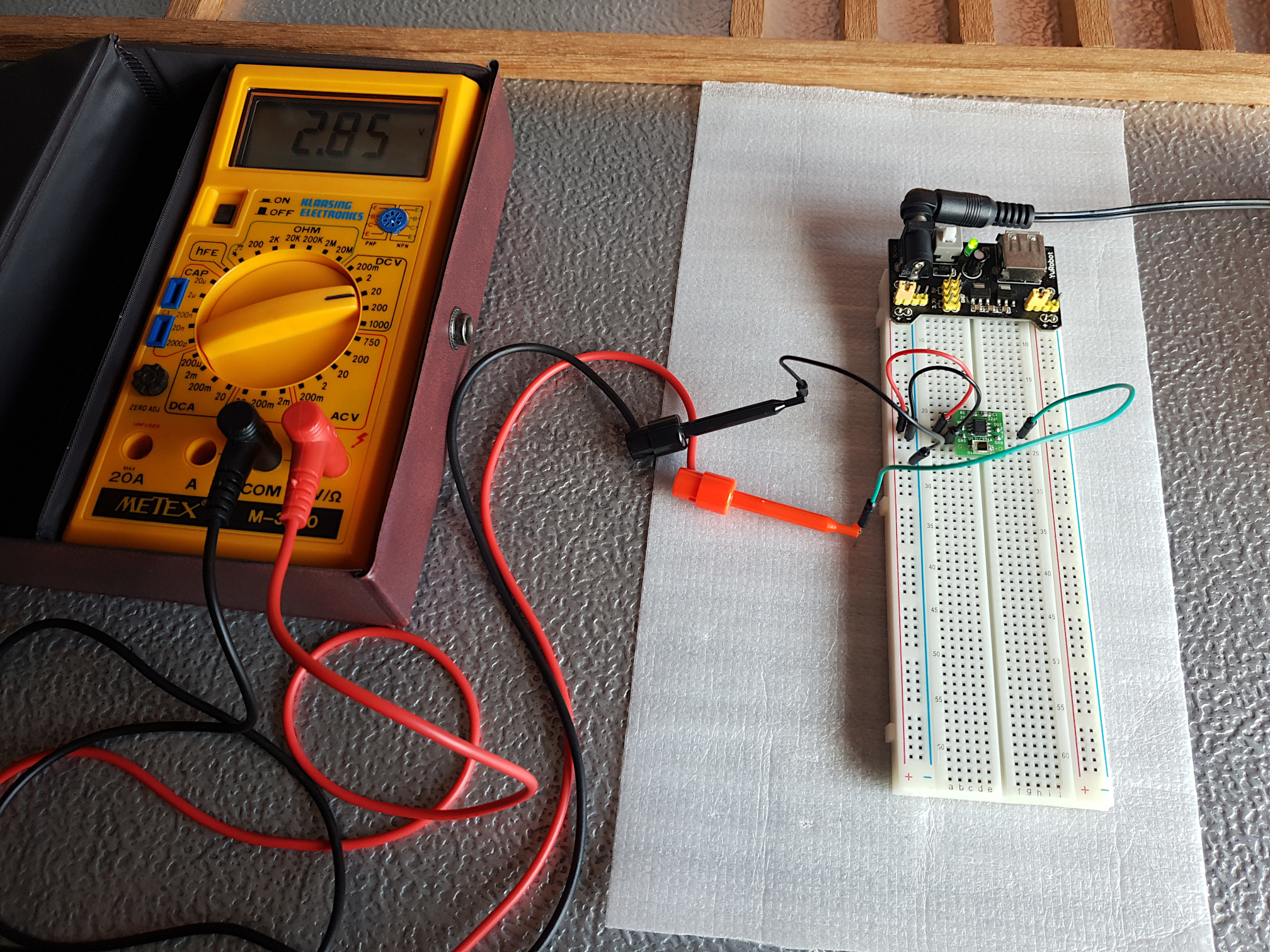
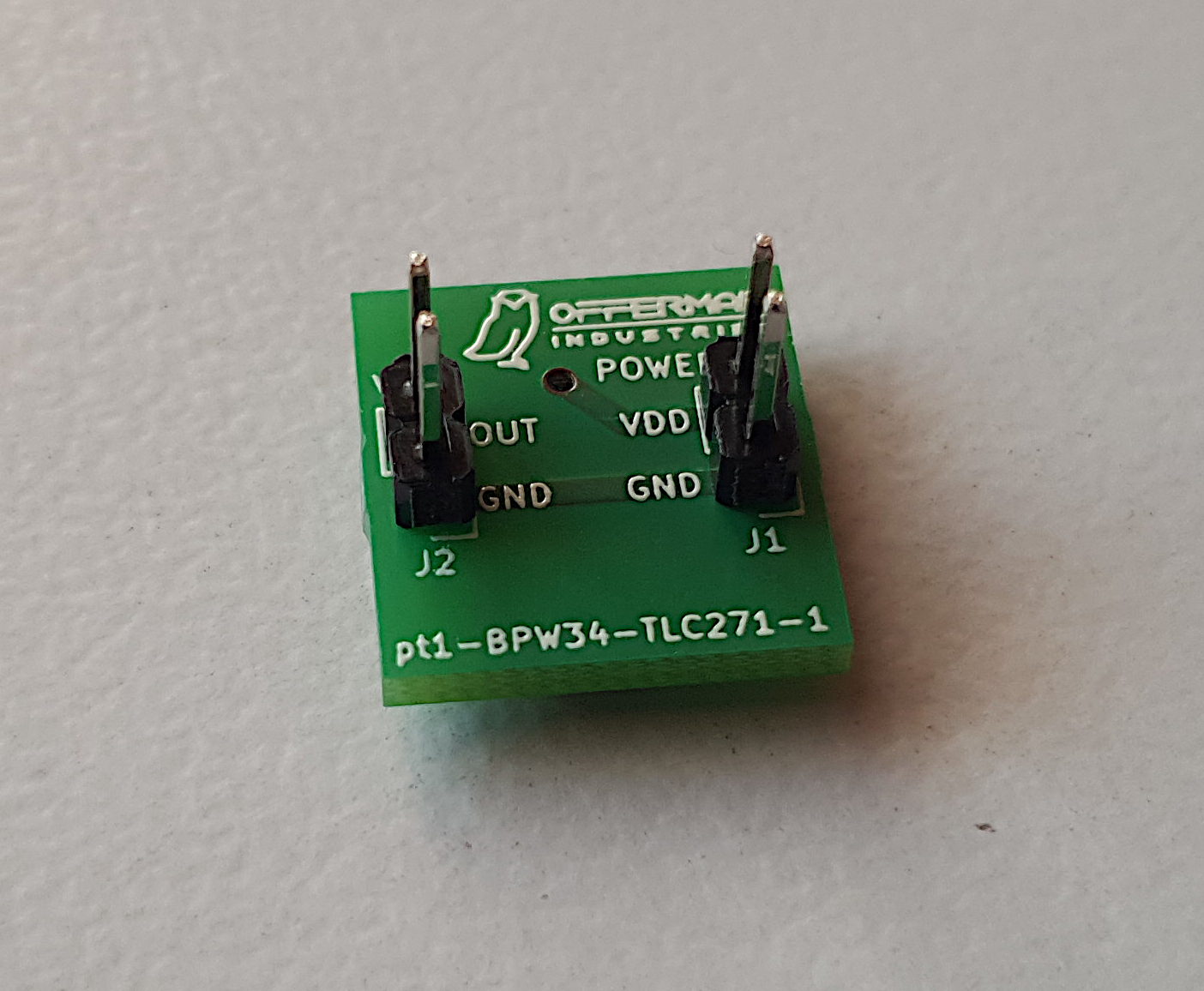
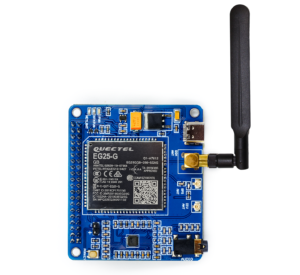
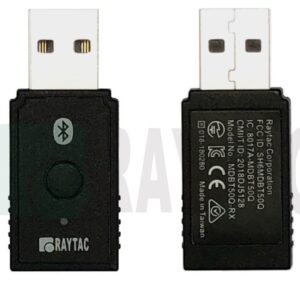
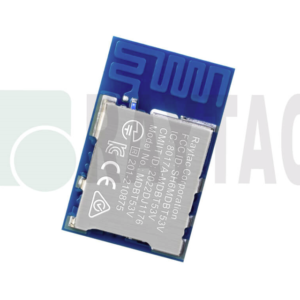
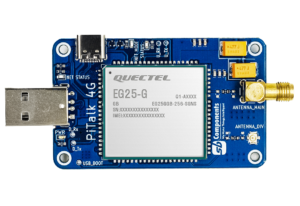
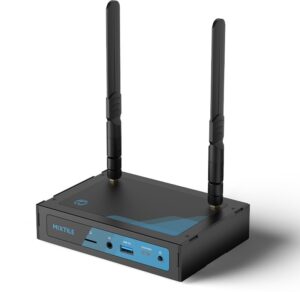

Reviews
There are no reviews yet.